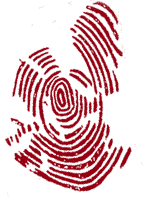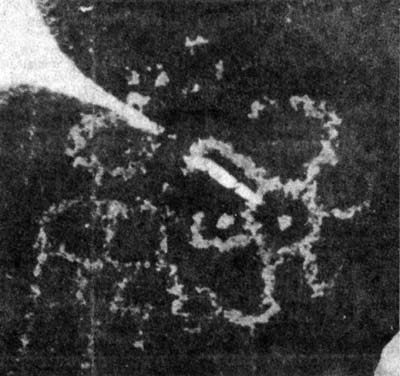 |
||
|
Indian Rock 'Calendars'
Prehistoric Indians left a legacy of solar observatories in the Arizona desert a series of precise rock carvings that chart the movement of the sun. Dr. Robert Preston, an astronomer at the Jet Propulsion Laboratory in Pasadena, California, and his wife, Ann, said they have studied 19 carvings some nearly 3,300 years old and found that all marked the summer and winter solstices and the equinoxes. The Prestons, who presented their findings at a meeting of the American Astronomical Society, said they compiled precise compass measurements at all 19 sites during 18 months of research. In many cases, a dagger of sunlight runs precisely on the edge of a single carved circle at both winter and summer solstice, or a shadow bisects a spiral at dawn on the summer solstice, Dr. Preston said. "Every society tries to put order in their universe. We do it with science and this was their form of order." The summer and winter solstices are the longest and shortest days of the year. The equinoxes mark the days at the beginning of spring and autumn when the day and night are of equal length. There are 18 observatories built by the Anasazi Indians and one by the Hohokam. Thousands of carvings called petroglyphs are scattered throughout the Southwest, but archaeologists have invested little time studying the carvings because they are difficult to date and interpret, Dr. Preston said. He estimated the carvings, found over a 200-mile area, were made between A.D. 700 and 1300. In 1979, an Anasazi Indian pertoglyph atop Fajada Butte in New Mexico was found to mark the solar calendar. Before the Prestons' research, scientists considered the site unique. "What we have found almost uniformly is that the function of petroglyphs was to serve as a yearly calendar," Dr. Preston said. "They had to very carefully monitor these rock surfaces many times a year before they could start carving. Obviously it was not an idle thing they did when they noticed interesting things happening on a rock. It was important to their culture, and widespread in their culture." The carved images are primarily circles and spirals, with some human and lizard figures, Preston said. The Prestons said there is evidence that similar carvings exist in California and they are studying a cave at Salton Sea, near Indio. |
Boyne Valley Private Day Tour Immerse yourself in the rich heritage and culture of the Boyne Valley with our full-day private tours.
Visit Newgrange World Heritage site, explore the Hill of Slane, where Saint Patrick famously lit the Paschal fire.
Discover the Hill of Tara, the ancient seat of power for the High Kings of Ireland.
Book Now
Immerse yourself in the rich heritage and culture of the Boyne Valley with our full-day private tours.
Visit Newgrange World Heritage site, explore the Hill of Slane, where Saint Patrick famously lit the Paschal fire.
Discover the Hill of Tara, the ancient seat of power for the High Kings of Ireland.
Book Now
|


